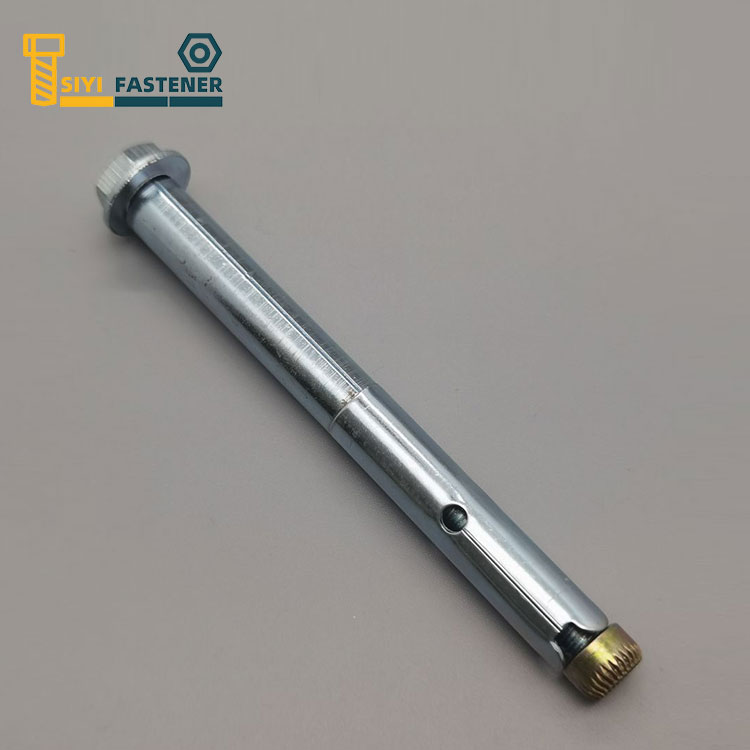Anchoring Excellence: A Guide to Installing Zinc Plated Sleeve Anchors
2023-11-21
Introduction:
In the dynamic world of construction and industrial applications, the reliability of anchoring solutions is paramount. Zinc Plated Sleeve Anchors, known for their versatility and durability, play a pivotal role in providing secure fastening in a variety of base materials. To unlock their full potential, it's essential to understand the proper installation process. In this guide, we explore the step-by-step installation process for Zinc Plated Sleeve Anchors and highlight specific tools and techniques recommended for optimal results.
Installation Process:
1. Preparation:
- Begin by gathering all necessary tools and ensuring that the Zinc Plated Sleeve Anchors selected are appropriate for the specific application. Verify the compatibility of the anchor with the base material and assess the environmental conditions.
2. Drilling:
- Using a power drill equipped with a carbide-tipped masonry drill bit, create a hole in the base material with a diameter matching that of the Zinc Plated Sleeve Anchor. Ensure that the hole depth corresponds to the recommended embedment depth for the anchor size.
3. Cleaning the Hole:
- Remove any debris or dust from the drilled hole using a brush or compressed air. A clean hole ensures proper engagement and expansion of the anchor.
4. Inserting the Anchor:
- Insert the Zinc Plated Sleeve Anchor into the drilled hole, ensuring that the threaded stud extends beyond the surface of the base material.
5. Tightening the Nut:
- Place the nut on the threaded stud and hand-tighten it until snug against the anchor head. Use a wrench or socket wrench to further tighten the nut. This action initiates the expansion mechanism, causing the sleeve to compress against the walls of the hole.
Recommended Tools and Techniques:
1. Power Drill:
- A power drill equipped with a carbide-tipped masonry drill bit is essential for creating the precise hole required for the Zinc Plated Sleeve Anchor. The drill should have sufficient power to penetrate the base material effectively.
2. Brush or Compressed Air:
- After drilling, use a brush or compressed air to clean the hole thoroughly. Removing debris ensures that the anchor can expand and engage with the base material properly.
3. Wrench or Socket Wrench:
- A wrench or socket wrench is necessary for tightening the nut on the threaded stud. This tool provides the required torque to initiate the expansion of the Zinc Plated Sleeve Anchor.
4. Torque Wrench:
- In applications where precise torque control is crucial, a torque wrench is recommended. This tool allows for accurate measurement and control of the tightening force applied to the anchor.
5. Level:
- For applications where the alignment of the anchored object is critical, a level can be used to ensure that the fixture is positioned correctly relative to the anchor.
Conclusion:
Installing Zinc Plated Sleeve Anchors is a process that demands precision and attention to detail. By following the recommended steps and using the appropriate tools, construction and industrial professionals can unlock the full potential of these anchors, ensuring reliable and secure fastening in a variety of base materials. As projects unfold, the proper installation of Zinc Plated Sleeve Anchors remains a cornerstone of anchoring excellence in diverse applications.



